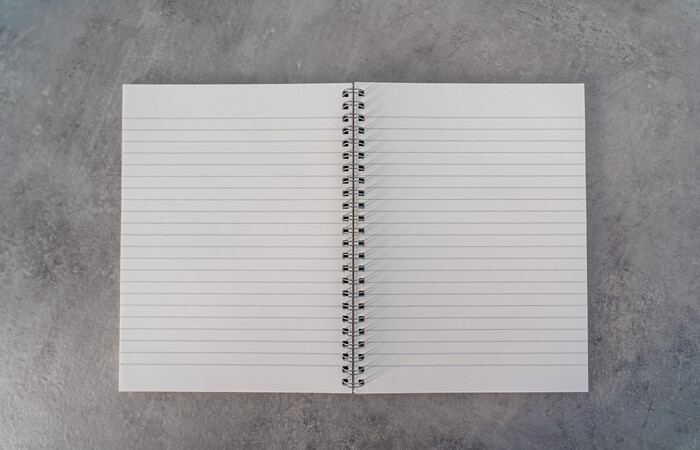Before paper as we know it existed, people communicated through pictures and symbols carved into tree bark, painted on cave walls, and marked on papyrus or clay tablets.
About 2,000 years ago, inventors in China took communication to the next level, crafting cloth sheets to record their drawings and writings. And paper, as we know it today, was born!
Paper was first made in Lei-Yang, China by Ts'ai Lun, a Chinese court official. In all likelihood, Ts'ai mixed mulberry bark, hemp and rags with water, mashed it into pulp, pressed out the liquid and hung the thin mat to dry in the sun.
During the 8th century, about 300 years after Ts’ai’s discovery, the secret traveled to the region that is now the Middle East. Yet, it took another 500 years for papermaking to enter Europe. One of the first paper mills was built in Spain, and soon, paper was being made at mills all across Europe.
Then, with paper easier to make, paper was used for printing important books, bibles, and legal documents.
England began making large supplies of paper in the late 15th century and supplied the colonies with paper for many years.
Finally, in 1690, the first U.S. paper mill was built in Pennsylvania.
At first American paper mills used the Chinese method of shredding old rags and clothes into individual fibers to make paper.
But, as the demand for paper grew, the mills changed to using fiber from trees because wood was less expensive and more abundant than cloth.

Innovative Industry Projects
Innovations, advancements in technology, partnerships across the value chain and cutting-edge solutions are shaping the future of this vital sector.
The Paper Industry Today
Today, paper is made from trees grown in sustainably managed forests and from recycled paper.
Recycling has always been a part of papermaking.
When you recycle your used paper, paper mills will use it to make new notebook paper, paper grocery bags, cardboard boxes, envelopes, magazines, cartons, newspapers and other paper products.
Everything You Need to Know About Paper Recycling
Paper is one of the most widely recycled materials in the U.S. Paper recycling rates have consistently increased in recent decades.
In fact, the paper industry recycles nearly 60% more paper today than it did in 1990, when the industry set its first recycling rate goal.
The paper industry uses recycled paper the make the essential products millions of people rely on every day. About 80% of U.S. paper mills use some recycled paper to make new and innovative products.

